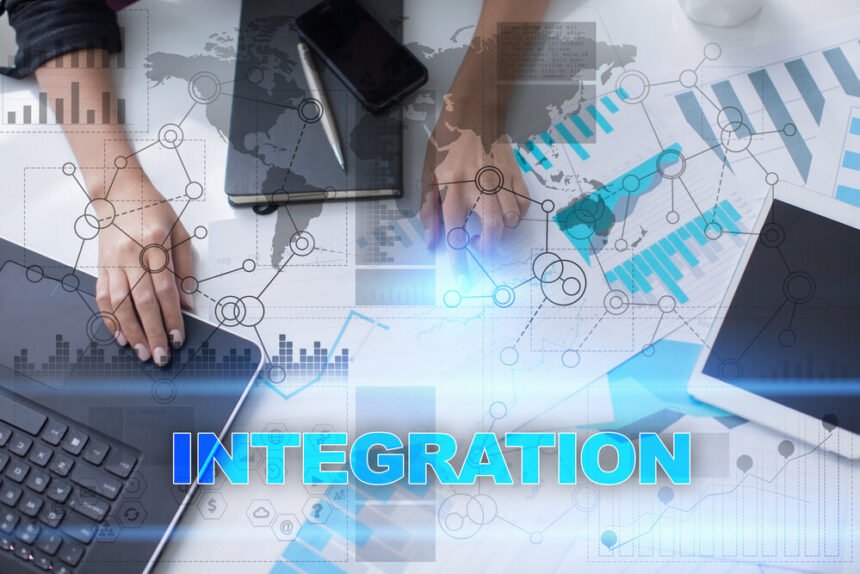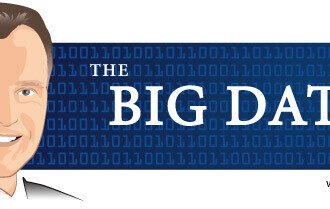From the business perspective, modern data integration has become instrumental simply because a lot of data that can be useful to organizations has a very short shelf life. Business processes, initiatives, and other activities must be able to tap into data as soon as possible. Companies need to develop data management strategies that focus on generating business-ready and business-usable data. To do this, organizations need a new mindset where silos of all kinds are broken down, and where business and IT teams continue to grow a collaborative partnership to improve any and all integration processes to more quickly meet dynamic business needs.
For relevance to business needs, modern data integration must ensure business user participation in innumerable data management activities. The line of business teams are the business experts who are vital for revealing key information about data usage, the importance of data to specific business processes, as well as guidelines and thresholds for data quality and remediation. Business users can help to determine the value of source data in context and to understand how it contributes to intelligence being gathered for the organization.
Drivers of Modern Data Integration
Complex problems confront organizations of all sizes; to solve them, the right technologies must come into play. However, when making technology purchase decisions, more companies now consider the impact on business results. Very few organizations can indulge in “tech for tech’s sake”.
Until recently, data integration solutions were tools only for tech-savvy teams. With modern data integration, business roles in organizations are taking more proactive participation in making sure that the right technologies are implemented. Vital data and the processes that produce it can better connect to business requirements and objectives. Organizations that recognize – and act on – the strategic value of data, also understand and embrace the need for technologies that get the most out of information and data, with continuous improvement and change.
Another key driver for the emergence of modern data integration is simply the imperative of keeping up with everything data, every day. Data, information, and intelligence are the fuel for effective business processes throughout the organization – more of which must be handled in real-time. By considering business processes and business information in alignment with strategies and initiatives, business outcomes are likely to improve.
The need for context also drives modern data integration. The most up-to-date and useful data now comes from many sources, some internal to the enterprise and others from sites all over the digital landscape. For data external to the organization to convey meaning, additional qualification and context must come through connections to data such as master data. Context leads to determining the relevance of data from any source.
Core Characteristics
Technology capabilities are part of what defines modern data integration, so it’s important to understand key characteristics of a comprehensive platform. Modern data integration characteristics and capabilities should align with both technical and business needs.
- Mandate to keep up with everything data. In this sense, modern data integration technologies, processes, and users must be well armed to continuously handle data twists and turns over time. A comprehensive platform is needed to address every business and technical use case related to data assets – and it must be a platform that will continue to evolve and add capabilities.
- A hybrid solution to address any data integration flows. First and foremost the hybrid solution reflects the hybrid infrastructures of most organizations (on-premises and cloud). It also follows both the convergence of data and application integration, and of traditional and cloud-based solutions. This is a further step to eliminate silos for data, business processes and users of data integration.
- A ubiquitous platform: agile, flexible, adaptable, responsive, elastic with universal interoperability, orchestration and connectivity to support any kind of data integration process – anytime, anywhere. Reusability through pre-built components, with categories appropriate for business or technical users.
- Access and support for both business and technical users. Efforts for creating business user access can be applied to simplifying capabilities for technical users. The modern data integration platform should also provide the basis for business-IT collaboration in every sense, to gain expertise from both constituencies for optimal integration processes.
- Services-orientation for reusability. For technical teams, reusable services speed up the creation of more complex data integration processes and help IT more quickly keep up with business demands. For business users, simpler integrations can quickly be pulled together through wizards.
- Evolved API management. Modern data integration solutions should provide simplified approaches to working with APIs. APIs permeate the digital world (cloud, mobile, web) and the enterprise application world. They drive new ways to access data, to develop apps, and innovate the use of data, including access for third party developer ecosystems, to extend the value of data beyond the organization itself.
- Centralized management for all things data, including data quality, data governance, and master data as critical pieces for modern data integration. These functions also strongly connect to business users, to ensure that the right data in context flows into processes and programs.
Modern Data Integration: Differentiating for Business Value
Sophisticated, wide-reaching technologies matter greatly as the basis of a modern data integration platform. But the technology alone does not engender modern data integration. Further definition comes from a solution base that equips organizations to handle any integration scenario and support any business case, where access and capabilities provided to both business and technical constituents take on innumerable data-related tasks. It’s a mindset of business and technology teams working together to use data to improve business results and competitive edge.
Ultimately true differentiation centers on the value and benefits delivered to businesses and all users, by taking advantage of modern data integration. Metrics can be put into play to connect modern data integration capabilities and processes to business outcomes; from such metrics, certain kinds of business value can be determined. Keep in mind that business value is subjective and different for every organization – and will change over time.
Business should be the heart of modern data integration








